Network Topologies and Network Devices
1/22
Earn XP
Description and Tags
This set of flashcards covers key vocabulary terms related to Network Topologies and Network Devices, providing definitions and explanations for essential concepts.
Name | Mastery | Learn | Test | Matching | Spaced |
|---|
No study sessions yet.
23 Terms
Network Topology
The arrangement with which computer systems or network devices are connected to each other.
Physical Topology
Describes where the network's various components like its devices and cables are placed and installed.
Logical Topology
Explains the network's information (data) flow and transmission, apart from physical design.

Bus Topology
A multipoint configuration where all devices share a single backbone cable.
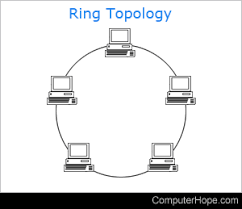
Ring Topology
A network configuration where each node is connected to two nearest nodes forming a circle.
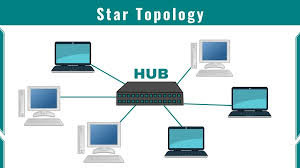
Star Topology
A configuration where every node is connected through a central device like a Hub, Switch, or Router.

Mesh Topology
A network topology where each node is interconnected with every other node.

Tree Topology
A hierarchical topology that combines characteristics of bus and star topologies.
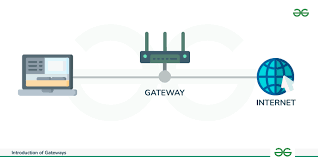
Gateway
A device that translates protocols between different networks.
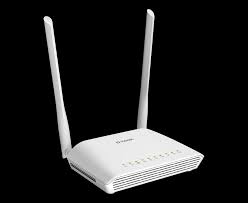
Modem
A device that converts digital signals into analog signals for transmission over phone lines.
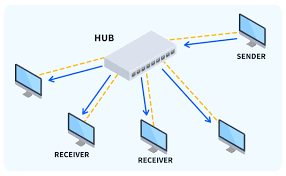
Hub
A device that connects multiple network devices and broadcasts data to all ports.

Switch
An intelligent device that connects individual computers and operates based on MAC addresses.
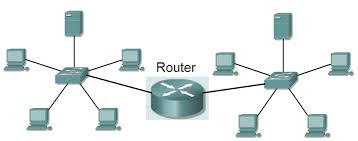
Router
A device that routes data packets based on IP addresses and connects different networks.
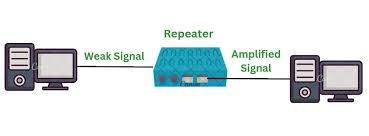
Repeater
A device that regenerates and amplifies signals to extend the distance of a network.

Bridge
A device that connects two similar networks and filters traffic based on MAC addresses.
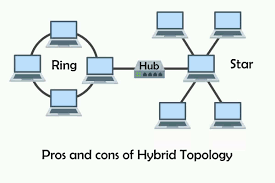
Hybrid Topology
A combination of two or more different topologies to form a resultant topology.
Token Passing
A method used in ring topologies where a token is passed around to control data transmission.
Collision Domain
A part of the network where data packets can collide if two nodes transmit simultaneously.
Broadcast Domain
A part of the network where all devices can receive broadcast frames.

Full Mesh Topology
A type of mesh topology where each node is connected to every other node.
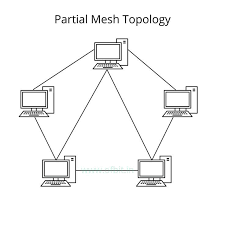
Partial Mesh Topology
A type of mesh topology where only some nodes are connected directly to all others.
Access Controller
A hardware component that regulates traffic between wireless networks and wired networks.
Base Station
A component that interfaces wireless communication signals to a wired network.